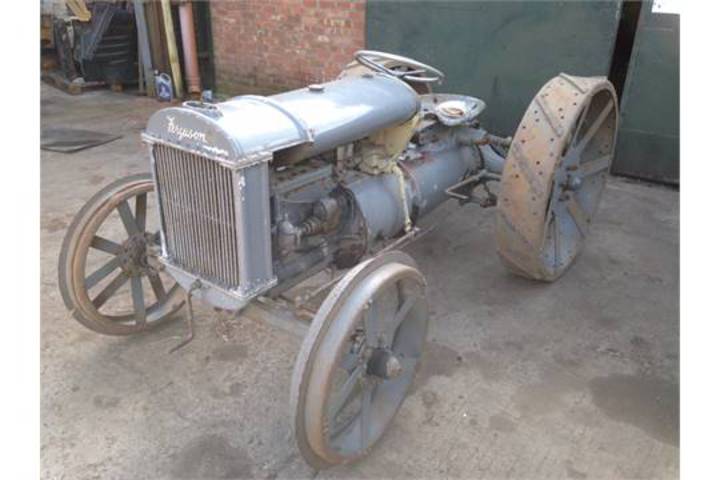MaconRounds
Member
What is "AUTOMATIC DRAFT CONTROL" as printed below in the early 1920's and 1930"s ?
Is it to control DEPTH ?
Is it to control TRACTION ?
Or is it both: as our modern tractors utilize.
Quote:
In 1936 the first production tractor incorporating the Ferguson System, (3-point hitch with AUTOMATIC DRAFT CONTROL), the Ferguson-Brown Type A and the first 3-point implements began production at David Brown’s facilities in Huddersfield, U.K. The Ferguson-Brown Type A led to the production of the Ford-Ferguson 9N in 1939 and subsequently the Ferguson TE and TO models.
In todays modern tractors, 1960 vintage and later, There are two control leavers. One for
TRACTION CONTROL and the other for DEPTH CONTROL.
What did The Ferguson Type A tractor utilize ?
Is it to control DEPTH ?
Is it to control TRACTION ?
Or is it both: as our modern tractors utilize.
Quote:
In 1936 the first production tractor incorporating the Ferguson System, (3-point hitch with AUTOMATIC DRAFT CONTROL), the Ferguson-Brown Type A and the first 3-point implements began production at David Brown’s facilities in Huddersfield, U.K. The Ferguson-Brown Type A led to the production of the Ford-Ferguson 9N in 1939 and subsequently the Ferguson TE and TO models.
In todays modern tractors, 1960 vintage and later, There are two control leavers. One for
TRACTION CONTROL and the other for DEPTH CONTROL.
What did The Ferguson Type A tractor utilize ?


